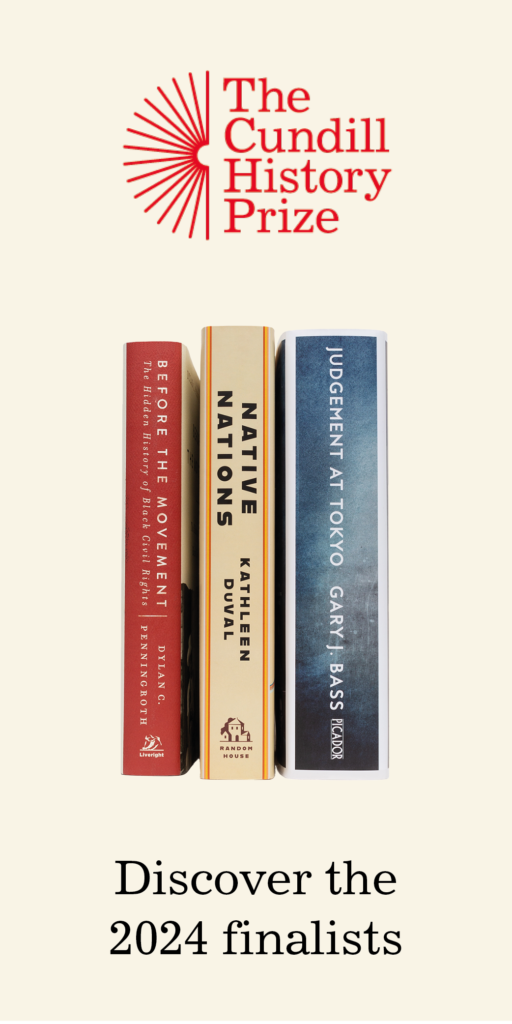To establish the relationships that sustain the city’s life, the inhabitants stretch strings from the corners of the houses, white or black or gray or black-and-white according to whether they mark a relationship of blood, of trade, authority, agency. When the strings become so numerous that you can no longer pass among them, the inhabitants leave: the houses are dismantled; only the strings and their supports remain.— Italo Calvino
They look like those altars to the Virgin Mary that you often see along the streets of Mexico, where worshippers lean in and pause for a moment and hope. Here, the worshippers also stop to peer in, but then they rummage around, and if they’re lucky, they leave with a book.
The past few years have seen book boxes proliferate across North American cities. The Little Free Library, the largest organization devoted to book boxes, claims there are over 150,000 in the United...
Krzysztof Pelc is a professor of political science and international relations at McGill University.

